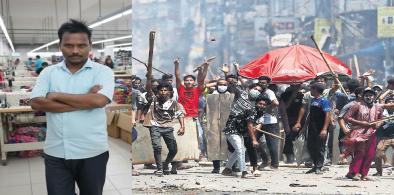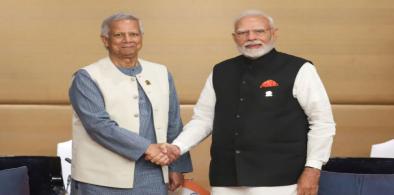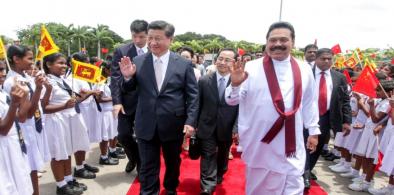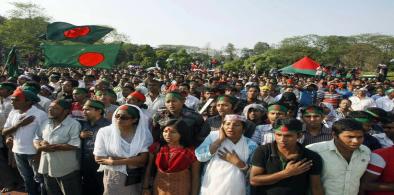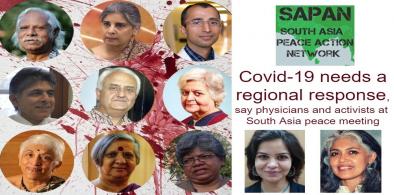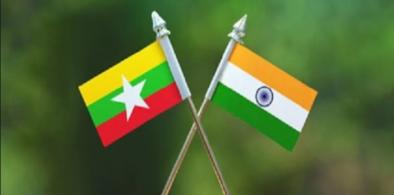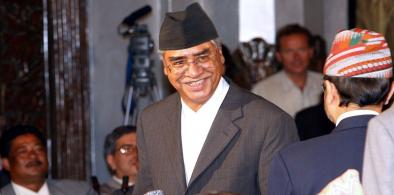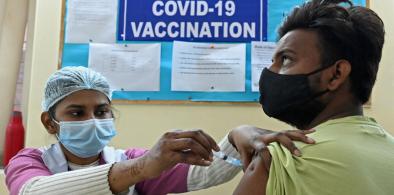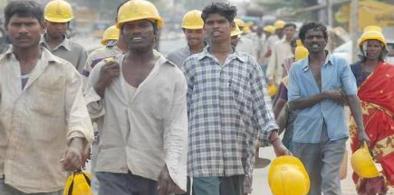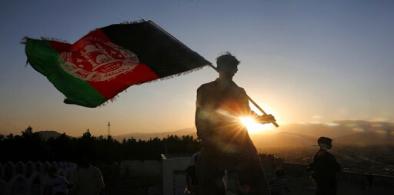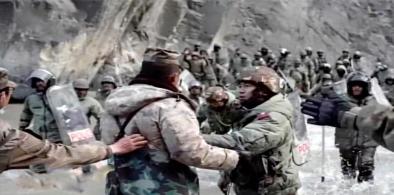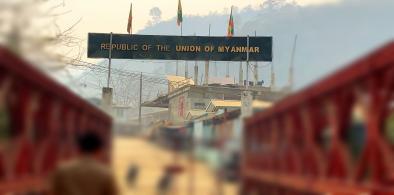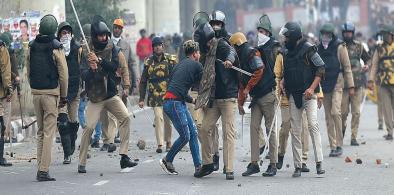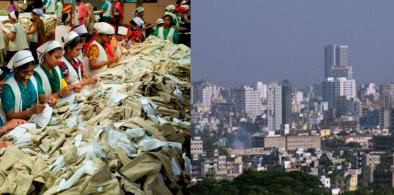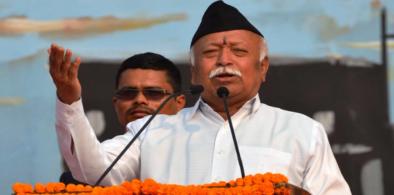Given Sri Lanka’s strategic location in the Indian Ocean, China has developed huge stakes in the island nation, writes N. Chandra Mohan for South Asia Monitor

Nepal's Political Transition: An Unfinished Business
Moderator Khushi Kabir repeatedly situated Nepal’s uprising within a broader South Asian context, drawing parallels with recent mass movements in Sri Lanka and Bangladesh. She described Nepal’s experience as part of a regional reckoning driven by youth demanding accountability, dignity, and meaningful participation in governance.
PNS Khaibar: A Milestone in Pakistan-Turkey Strategic Cooperation
With PNS Khaibar's delivery Pakistan and Türkiye are taking their relationship to a new level which is not limited to traditional political friendship. At the handover ceremony, Erdoğan described the relationship between the countries as "brotherly ties" and emphasised the need to further collaborate in defence production. The naval leadership of Pakistan also pointed to the fact that the partnership should benefit Pakistan in achieving its overall maritime modernisation.
A Nation At Crossroads: Islamist Terror, Minority Persecution, And The Burning of Bangladesh’s Conscience
What is unfolding in Bangladesh bears unsettling resemblance to trajectories seen in Pakistan and Afghanistan, where false blasphemy accusations have long been used to terrorize minorities and silence dissent. Once such violence is tolerated, it expands - devouring journalists, artists, reformist Muslims, and eventually the state itself.
Bangladesh–India Relations at a Crossroads: Needed Recalibration, Not Rupture
The current strains in Bangladesh–India relations should therefore be seen not as an inevitable deterioration, but as a test of diplomatic maturity. Bangladesh and India share more than geography and history; they share a responsibility to ensure that temporary political frictions do not harden into structural mistrust. In a time of regional uncertainty, neither country benefits from a relationship defined by grievance or miscommunication.
Like its remarkable economic turnaround, Bangladesh has fought back against Islamist extremism
Fifty years after its liberation from Pakistan, Bangladesh is the reverse image of the country it broke away from -- a moderate Muslim majority nation anchored in its liberal syncretic Bengali culture that guided its 1971 secession from Pakistan, writes Subir Bhaumik for South Asia Monitor
Afghan war, and its spillover effect, will singe entire region, including Pakistan and India
In stark contrast with Pakistan, which relied on hard power tools to pursue its foreign policy goals in Afghanistan, India opted for the soft power strategy --winning hearts and minds of Afghans by investing in common people through culture, building state capacities, and training and educating a new young professional Afghan class, writes Shraddha Nand Bhatnagar for South Asia Monitor
Pandemic-hit South Asia must evolve a coordinated strategy to improve public health systems
Collectively the peacebuilders, physicians and public-health activists from across South Asia noted that inequity is the key challenge and asked their governments to address it properly so that the lessons of the past year are not forgotten, writes Rida Anwar for South Asia Monitor
India should leverage its enormous goodwill to begin peace diplomacy in conflict-ridden Myanmar
In Zoramthamga, a former rebel leader and now chief minister of India's northeastern state of Mizoram, India has a potential mediator who has close links with all stakeholders in Myanmar, including the Tatmadaw and Aung Saan Suu Kyi's NLD, writes Subir Bhaumik for South Asia Monitor
Nepal's regime change: Prime Minister Deuba needs to watch out for Beijing's meddling
The upheaval in Nepalese politics over the past few months has occurred following a power tussle within the ruling Communist-led dispensation despite the best efforts of Hou Yanqi, China’s ambassador to Nepal since 2018 to resolve it, writes Lt Gen P. C. Katoch (Retd) for South Asia Monitor
Covid-19 vaccination in India: Lessons it can draw from the US experience
Unlike the US, vaccine hesitancy among large sections of the population is not an issue in India, but production is, writes Frank F. Islam for South Asia Monitor
India needs comprehensive labor market revival measures to improve pandemic-hit economy
Labor economists and various surveys have said the pandemic and consequent job and income losses have pushed tens of millions of Indians into poverty in the last few months, writes Vaibhavi Pingale for South Asia Monitor
Taliban must end the senseless violence: A plea for peace and reconciliation in Afghanistan
I believe that as an Afghan and as a youth, after the full withdrawal of US troops from Afghanistan, no pretext and justification will exist for the Taliban to continue the war - the jihad against a foreign power, writes Bator Arsalan for South Asia Monitor
India should stop being coy about China’s hegemonistic ambitions
The least India can do is to let the Tibetan community in India select a new Dalai Lama; if there are two Dalai Lamas (one selected in India and one in China), New Delhi should have nothing to do with the Beijing-backed Dalai Lama, writes M.R. Narayan Swamy for South Asia Monitor
India's Myanmar policy must balance protection of strategic interests with democratic values
Amid pervasive expansion of Chinese influence in Myanmar, New Delhi doesn’t want to give further space to Beijing and feels the best option is to remain silent on the Myanmar military’s actions, writes Pema Tseten Lachungpa for South Asia Monitor
The unchecked malady of police brutality in India
Police brutality in India is a form of institutional violence as it is closely connected with law enforcement and torture is perceived as an expeditious method of policing, writes Rahul Machaiah for South Asia Monitor
Bangladesh’s growth has attracted world attention: A future competitor to India in South Asia?
Politically, the Sheikh Hasina government has adroitly maneuvered a middle but autonomous road for Bangladesh, away from the influences of two regional powers, China and India, writes Aneek Chatterjee for South Asia Monitor
Hindu-Muslim brotherhood: Will RSS chief's sage counsel mark a new beginning for Hindutva groups?
The nation, and especially Hindus and Muslims, will be waiting with bated breath to see what impact the RSS supremo’s advice has on the ruling BJP, writes Amulya Ganguli for South Asia Monitor
Dilip Kumar: Last of the titans from Indian cinema's 'golden age'
Dilip Kumar suffered during the phases when neighbors Pakistan and India went to war, but his popularity and the run of his films remained unaffected, on both sides of the border, writes Mahendra Ved for South Asia Monitor



